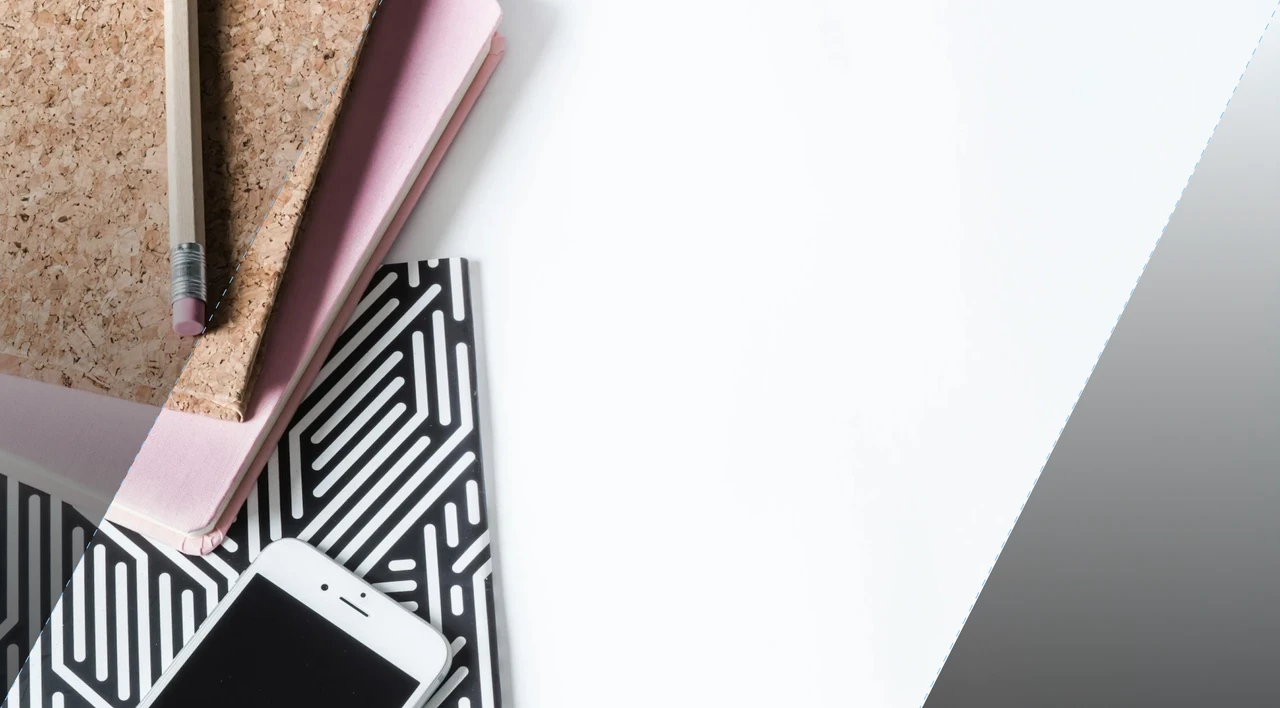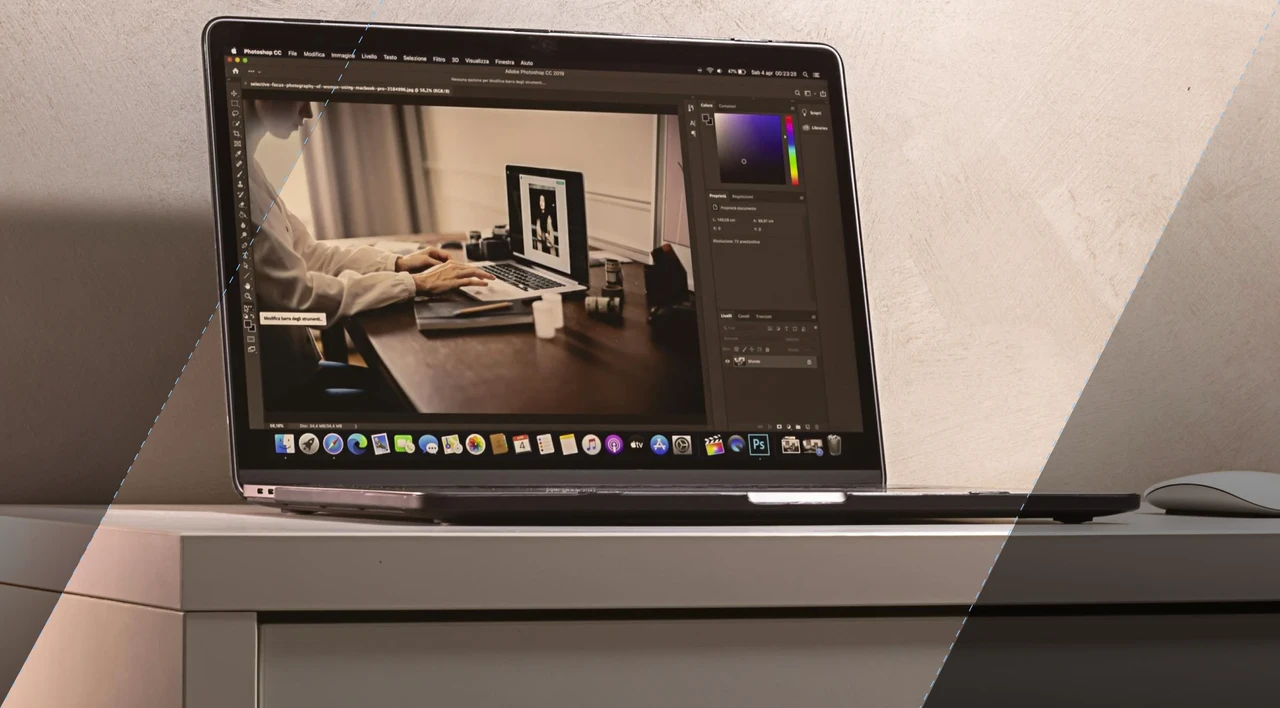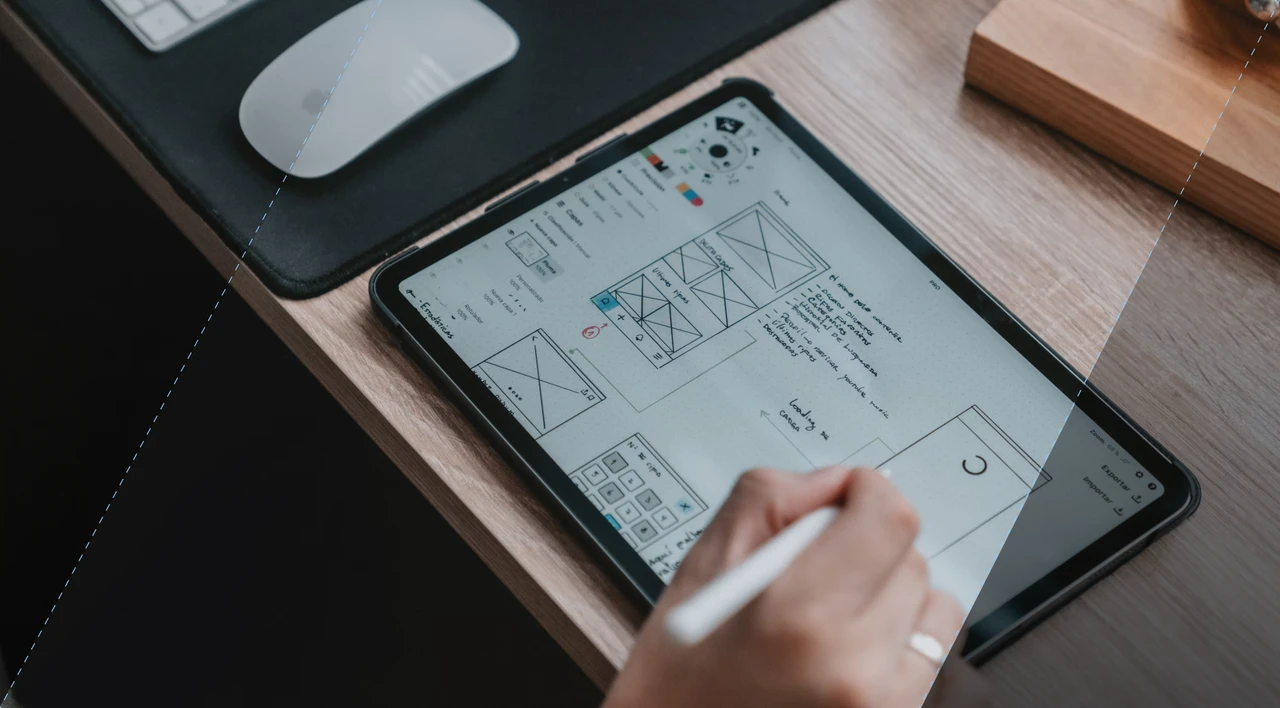SHARE
What is a Splash Screen? Learn About This UI Intro Page

Contents
Contents
55% of organizations report that they lack the time to establish a user-centric culture in design. However, in web development, every element, from intuitive navigation to engaging visuals, contributes to a seamless interaction and first impressions are 94% influenced by design.
Enhancing user experience is essential because it directly influences user satisfaction, retention, and the overall success of your product. One crucial component of this is the splash screen.
The splash screen is the first thing users see when they launch your app or visit your website. It serves as an introductory page that keeps users engaged while your app or website loads.
Whether you’re designing a splash screen for the first time or looking to refine your existing one, understanding the best practices can help you create a captivating and effective introduction to your digital experience.
Key Takeaways:
- A splash screen is an introductory page that appears when users first launch an app or visit a website.
- The purpose of a splash screen is to keep users occupied while the app or website loads in the background and to showcase the brand’s identity and presence.
- Effective splash screens follow best practices such as keeping the duration short, maintaining simplicity, and incorporating visual elements that delight the user.
- Splash screens can include branding elements like logos, slogans, or graphics, and may also incorporate progress indicators to reduce user anxiety during loading times.
- Creating a great splash screen can make a lasting first impression and set the tone for the user’s overall experience with your app or website.
Understanding Splash Screens: Definition and Purpose
A splash screen is a key part of UI/UX design and a powerful tool for app developers, serving as the first impression users get when they launch your app. By understanding its purpose, you can make the most of this valuable space to showcase your brand, build anticipation, and leave a lasting impression.
Making a Strong First Impression
The splash screen is the initial screen users see, often displaying your logo, company name, or a captivating graphic. This introductory screen engages users and prepares them for the app experience ahead.
48% of visitors say that a website’s design is the most crucial factor in deciding the brand’s credibility. The splash screen is crucial in shaping their first impression of your website and brand.
Displaying branding elements like logos or slogans helps build brand awareness and creates a memorable first impression.
Engaging Users During Loading
While your app loads in the background, the splash screen keeps users occupied and informed. By offering a visually appealing and informative screen, you can minimize the perceived wait time and reduce the likelihood of user frustration, ensuring a smooth and positive start to their journey.
Incorporating images, graphics, animations, or progress bars can make the splash screen more engaging and informative.
Setting the Tone for the App Experience
Beyond its practical function, the splash screen plays a vital role in setting the tone for the entire app experience. 38% of users will stop interacting with a poorly designed mobile app or website.
Carefully crafted design, graphics, and branding elements communicate your app’s purpose, personality, and unique value. This helps create a cohesive and engaging user experience that aligns with your brand’s identity.
In summary, a well-designed splash screen is more than just a loading page; it’s an essential part of your app’s user experience, helping to establish your brand and set the stage for a positive interaction.
Best Practices for Designing Splash Screens
As a developer or designer, it’s crucial to adhere to best practices when creating a splash screen for your app or website.
By following these guidelines, you can ensure that your splash screen effectively captures users’ attention, reduces waiting time anxiety, and sets the stage for a seamless user experience.
-
Make it as Short as Possible (3-Second Rule)
According to Google, 53% of mobile users will leave a site if it takes over 3 seconds to load. Therefore, splash screens should follow the 3-second rule, and not last for more than 3 seconds.
If your splash screen exceeds this duration, it can frustrate regular app users and detract from their overall experience.
If your app is designed for frequent use (at least once a day, like messenger apps), consider the 1-second rule or even eliminate the splash screen altogether to provide faster loading times and a more seamless transition.
-
Keep it Simple but Memorable
Your splash screen should be a visually engaging design, but it’s important to keep the design simple and focused. Avoid cluttering the screen with too much information or complex graphics.
Instead, prioritize a clean, minimalist approach that prominently features your app’s branding, such as a high-quality logo or a memorable slogan. This will help establish a strong first impression and leave a lasting impact on your users.
-
Reduce Wait Time Anxiety with Progress Indicators
While the 3-second rule is a best practice, there may be instances where your app or website requires a longer loading time. In such cases, consider incorporating a progress indicator, such as a loading bar or a spinner, to provide users with visual feedback on the loading process.
This can help reduce wait time anxiety and reassure users that the app or website is still in the process of loading, preventing them from abandoning the experience prematurely.
-
Add an Element of Surprise and Delight
To make your splash screen truly memorable, consider incorporating an element of surprise or delight. This could be a subtle animation, a personalized message, or even a fun mini-game or interactive element.
By providing users with an unexpected and delightful experience, you can capture their attention, boost their excitement, and set the tone for a positive and engaging app or website experience.
|
Best Practice |
Importance |
|
Make it as Short as Possible (3-Second Rule) |
Reduces user abandonment and enhances the user experience. |
|
Keep it Simple but Memorable |
Establishes a strong first impression and lasting impact. |
|
Reduce Wait Time Anxiety with Progress Indicators |
Reduces anxiety and keeps users informed about the loading process. |
|
Add an Element of Surprise and Delight |
Enhances engagement and sets a positive tone for the user experience. |
Conclusion
The splash screen is a crucial element in your app or website’s user experience. As the first thing users see, it serves as an introductory screen that keeps them engaged while the app or website loads in the background. This is your chance to build brand identity, set the stage for the user’s in-app experience, and make a lasting first impression.
By following best practices for designing splash screens—such as keeping them short, simple, and visually engaging—you can create a seamless and delightful experience for your users. Including elements like progress indicators can reduce wait time anxiety, and adding a touch of surprise or personalization can make your brand stand out.
Ultimately, a well-designed splash screen can enhance your app or website’s user experience, boost brand awareness, and even improve conversion rates.
If you’re looking to create an impactful splash screen that aligns with your brand and engages your users, Flatirons’ UI/UX Design services can help.
Reach out to us today to enhance your app or website with expert design solutions.
Frequently Asked Questions
What is a splash screen?
A splash screen is an introductory page or screen that appears when you first open an app or website. It serves as a way to keep users occupied while the app or website loads in the background, and it’s also a chance to build brand identity and set the stage for the user’s in-app or on-site experience.
What is the purpose of a splash screen?
The basic purpose of a splash screen is to inform visitors of something, such as a new company update or to confirm their geographical region to personalize their experience. Unlike a squeeze page or a landing page, splash pages don’t necessarily ask visitors to enter their name or email address.
What should a splash screen include?
A splash screen can include branding elements like logos or slogans, images, graphics, animations, or progress bars to signify that the app or website is loading in the background. The splash screen is the first thing users see when they open an app or website, so it’s an opportunity to make a great first impression.
What are the best practices for designing a splash screen?
Some best practices for designing a splash screen include: Make it as short as possible, following the 3-second rule. Keep it simple but memorable, reduce wait time anxiety with progress indicators, and add an element of surprise and delight to the user experience.

Digital Product Development: Enhance Your Business Offerings
Flatirons Development
Sep 12, 2025
Utilizing Critical Incident Technique for Qualitative Research in UX Design
Flatirons Development
Aug 03, 2025
Light Mode vs Dark Mode: Which One is Better for You?
Flatirons Development
Jan 04, 2025
Top UI/UX Design Companies in California for 2026
Flatirons Development
Nov 30, 2024
Learn the Essentials of Digital Product Design
Flatirons Development
Nov 26, 2024
Top UI/UX Design Companies in Colorado for 2026
Flatirons Development
Nov 12, 2024
Digital Product Development: Enhance Your Business Offerings
Flatirons Development
Sep 12, 2025
Utilizing Critical Incident Technique for Qualitative Research in UX Design
Flatirons Development
Aug 03, 2025
Light Mode vs Dark Mode: Which One is Better for You?
Flatirons Development
Jan 04, 2025
Digital Product Development: Enhance Your Business Offerings
Flatirons Development
Sep 12, 2025
Utilizing Critical Incident Technique for Qualitative Research in UX Design
Flatirons Development
Aug 03, 2025
Light Mode vs Dark Mode: Which One is Better for You?
Flatirons Development
Jan 04, 2025
Digital Product Development: Enhance Your Business Offerings
Flatirons Development
Sep 12, 2025
Utilizing Critical Incident Technique for Qualitative Research in UX Design
Flatirons Development
Aug 03, 2025
Light Mode vs Dark Mode: Which One is Better for You?
Flatirons Development
Jan 04, 2025